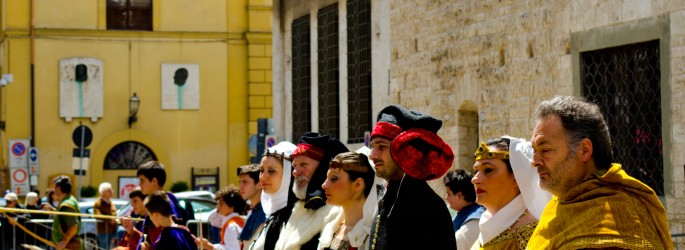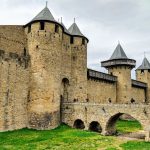Chronicles Of A Medieval Day In The Real Narnia
Written by Jaillan Yehia
How often have you looked at places on a map and drifted off into a reverie, imagining what each destination must be like in real life? We travel lovers tend to be incorrigible cartophiles too, stroking our fingers over the exotic-sounding place-names written in a strange tongue, making our hearts beat that little bit faster, causing our minds to construct their own pre-emptive travel tales.
C.S. Lewis was just such a cartophile, creating elaborately detailed maps of his fantasy-land of Narnia – named after Umbria’s town of Narni which he’d been drawn to in a classical atlas. The reality of this medieval hill town turned out to be more exotic than even C.S. Lewis could have imagined…
Whether you’re looking at an atlas or an in-flight magazine’s route map, an A-Z or a tourist map, when place names are written down they take on a power all of their own, hinting at what lies behind the mere words and our curiosity drives us to discover them for ourselves. Technological advances mean we’re now all more likely to zoom in on somewhere using Google maps than flick through dusty books but this accessibility hasn’t meant our interest has waned.
Back in the 1950’s when C.S. Lewis was searching for a name for his ‘animal-land’ books there was no orange Google man to pull into a map enabling him to see what the real Narnia looked like, no Wikipedia to inform him that it is practically at the geographical centre of Italy, where an engraved stone marks the spot, and no digital cameras to depict the amazing costumes that come out once a year to bring this medieval town to life.
I visited Narni during Corsa all’Anello, a festival which dates back to the early 13th century and sees the town’s squares and streets decorated with flags, torches, and other rustic touches – including residents in full costume, on horseback, regaling visitors with dance, drumming, archery and other ancient pursuits. So it’s hard to believe that Lewis simply picked the name Narnia at random – he was after all a Roman and classical scholar and had underlined in his atlas the name of a place which made the perfect setting for the stories he dreamt up to tell his brother in the back of their grandfather’s coat-filled wardrobe – stories which went on to sell over 100 million copies around the world.
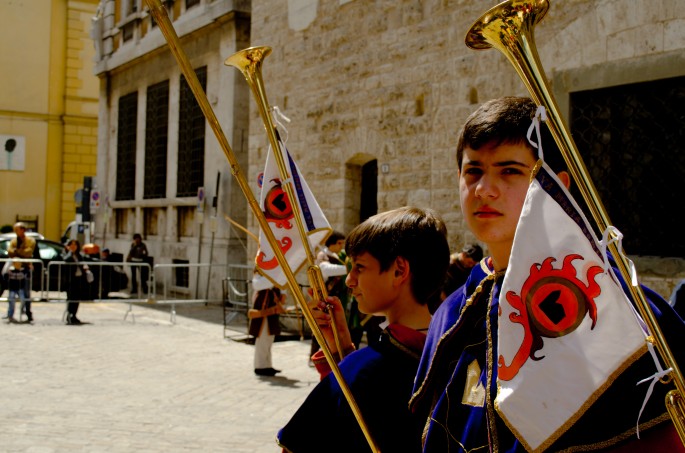
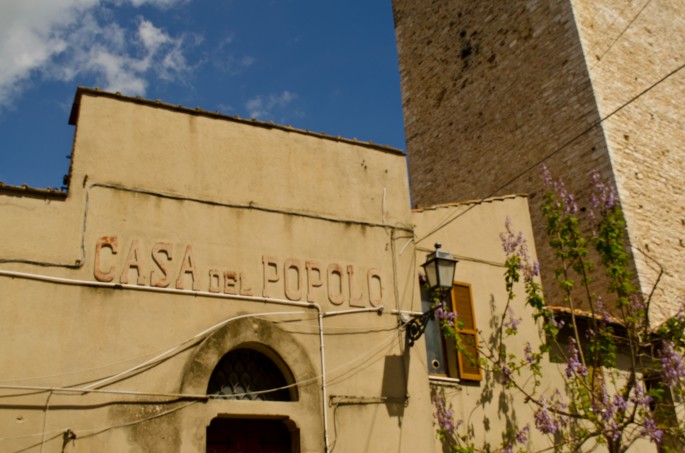
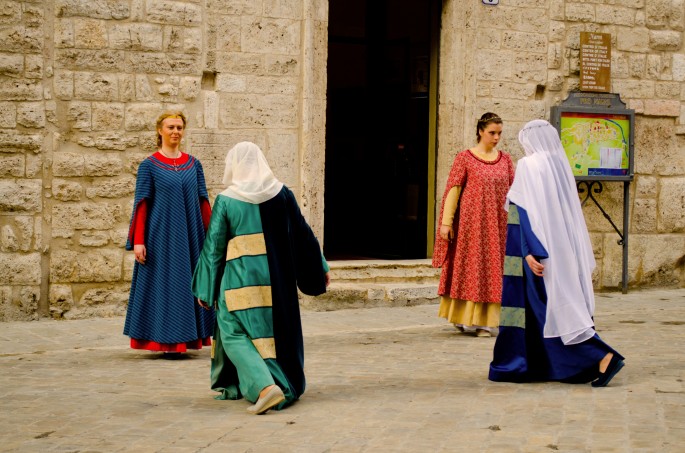

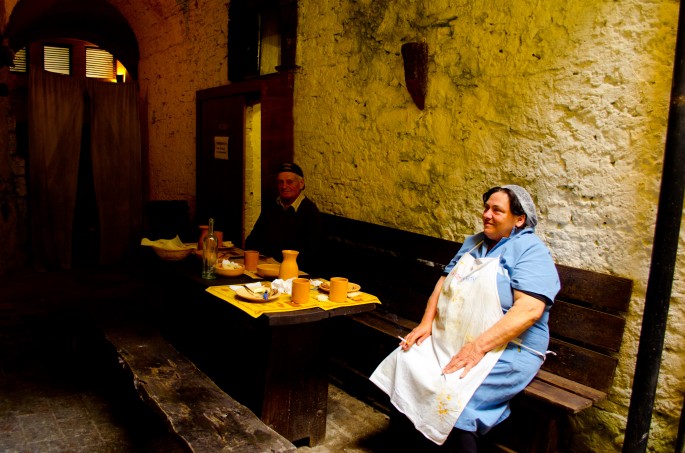
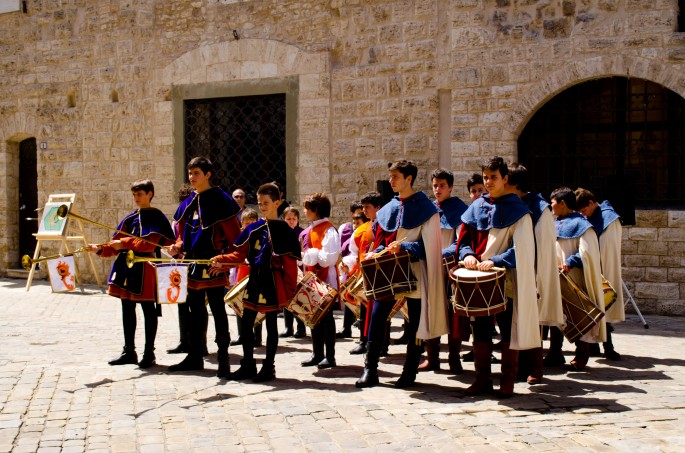
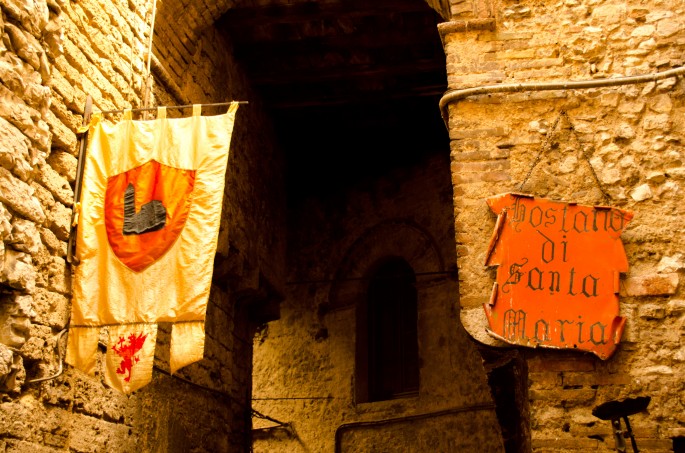
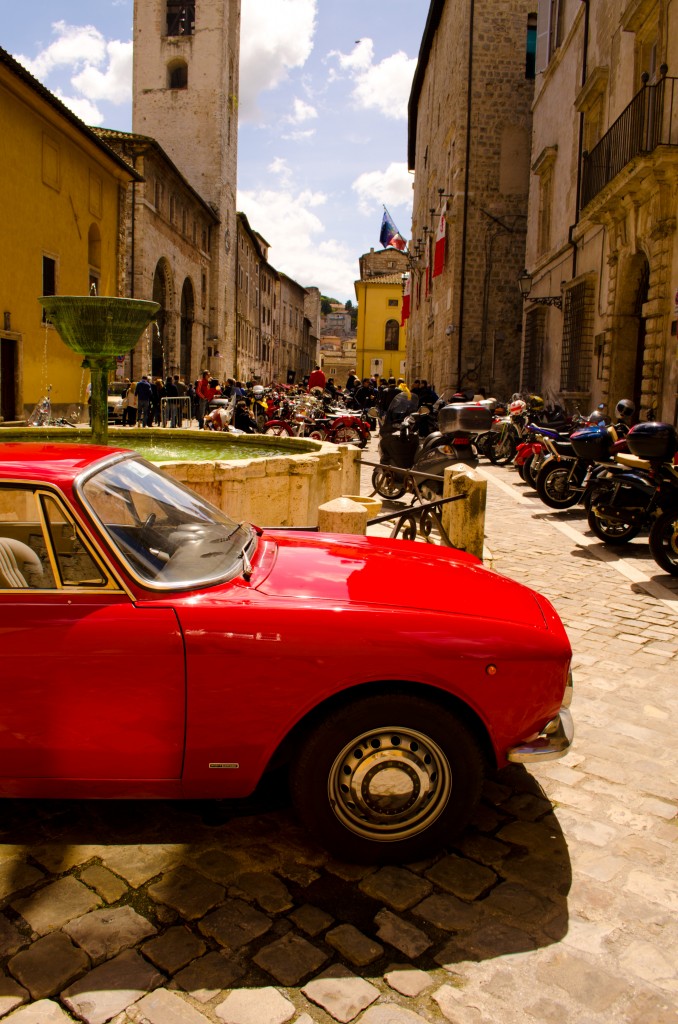
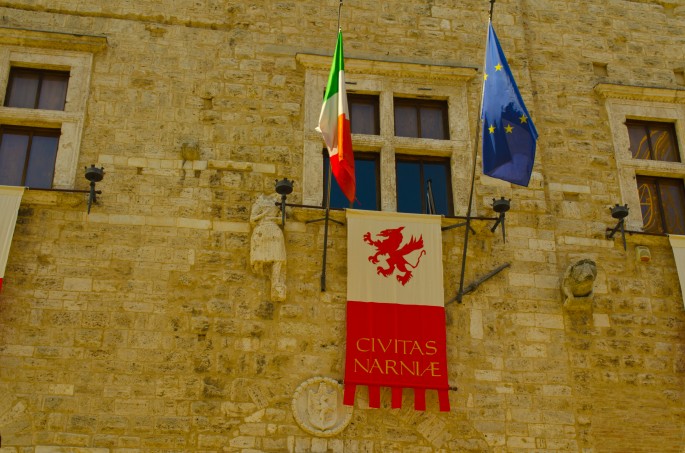
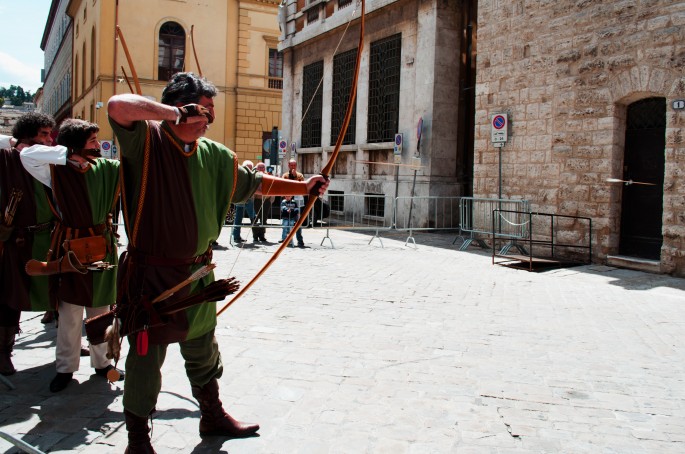
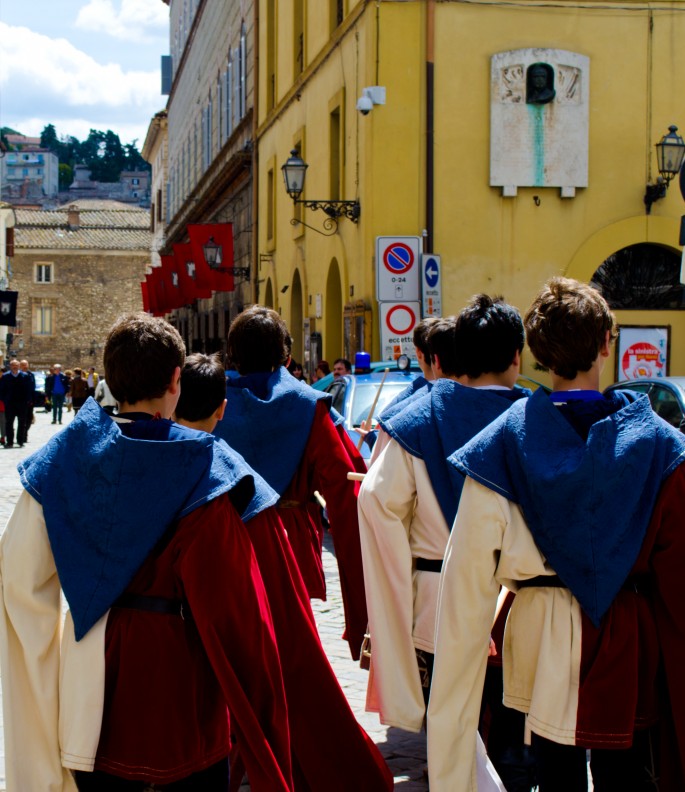
Trackback from your site.

